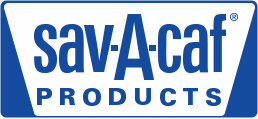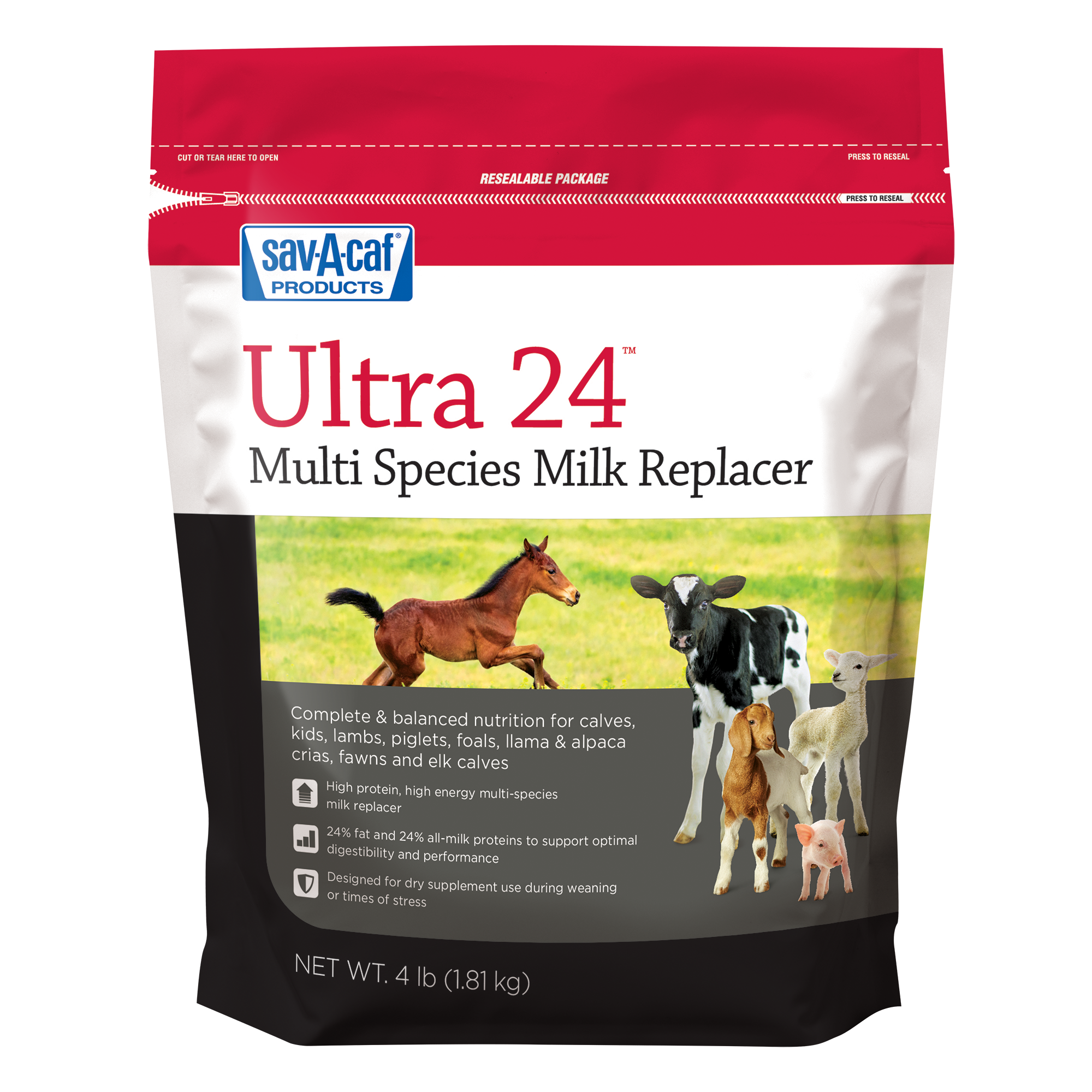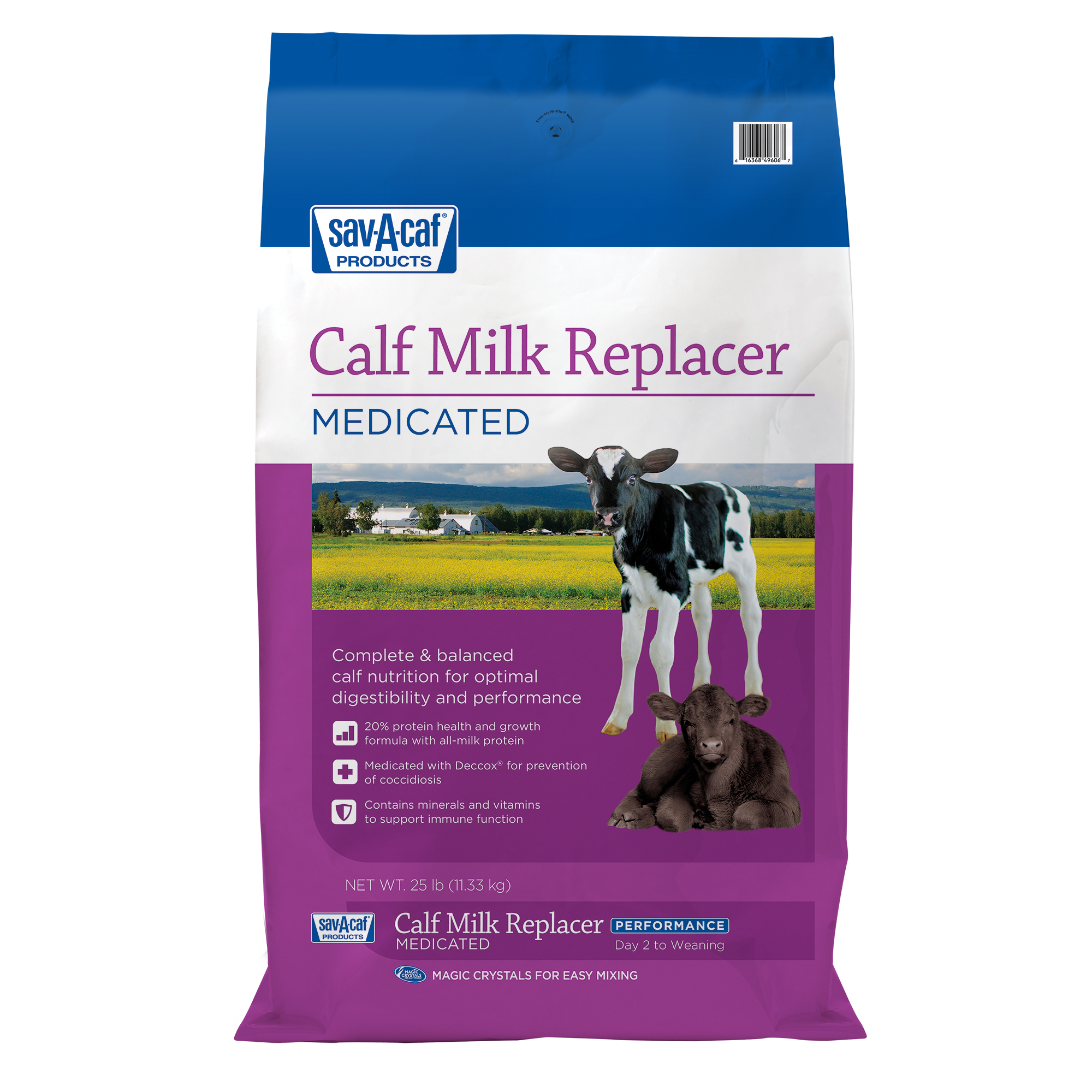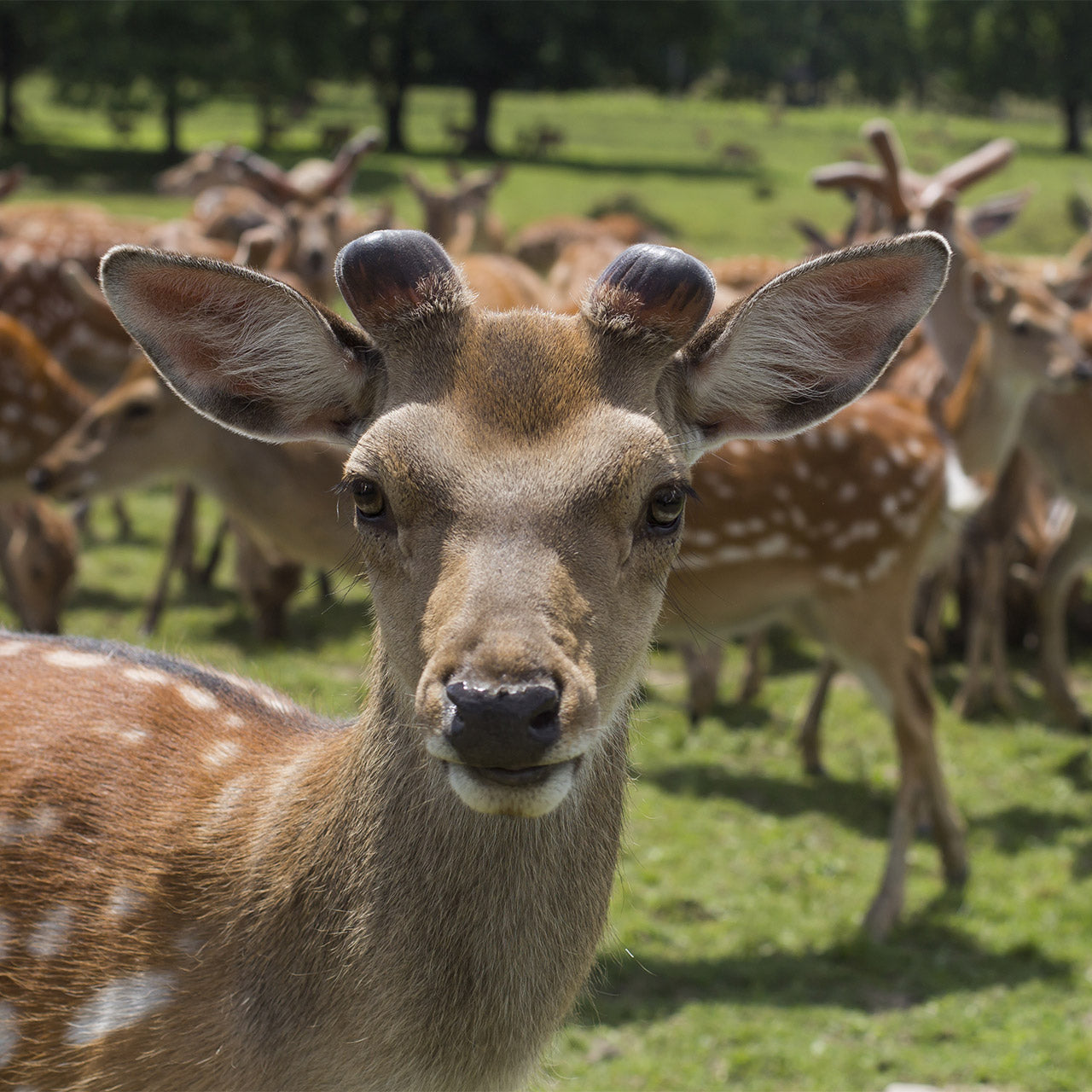
How to prevent illness and care for sick fawns and elk calves
In most states, you must secure a permit to raise wildlife such as deer and elk on your property. For those who are permitted to raise wildlife, knowing how to properly care for your fawn or elk during all phases of life is extremely important for their health and well-being.
Preventing Feed-Related Illnesses
When preparing feed for your young animals, always be sure to follow the mixing instructions listed on the package. Measuring the milk or colostrum replacer powder by weight with a hanging scale is more accurate than measuring by volume with a scoop or cup. Always mix until the powder is dissolved. When mixing large batches for multiple fawns or calves, add the powder before you’ve added all the warm water at 115-120 F, then add enough water to bring to volume. This is an important detail to achieve the intended nutrient content for your baby fawn or calf.
Feeding the fawn or calf milk replacer that is at their body temperature of ~102 F will encourage optimal consumption. However, always follow the mixing and water temperature instructions on the package for the colostrum or milk replacer product you are feeding as the recommended mixing temperature will vary by product formulation.
Sanitation is another important aspect of feeding your fawn or calf and preventing illness because bacteria grows very quickly on feeding equipment. Wash your bottles, nipples and buckets in warm, soapy water and rinse well after every feeding, and never mix new colostrum or milk replacer with already-mixed product that has been sitting out unrefrigerated. Moisture creates an optimal breeding ground for bacteria, so allow your equipment to dry thoroughly between feedings. Check the nipples often for damage because cracked or worn nipple holes can lead to over consumption or faster-than-usual feedings that can cause digestive upset.
Caring for a Sick Fawn or Elk
Even the best-cared-for fawns and calves will occasionally fall ill, and your veterinarian will be the go-to source for information and advice for caring for your sick animals. But when a fawn or calf develops scours, or diarrhea, it’s important to ensure they consume enough nutrients and stay hydrated throughout the day.
The fawn or calf may also benefit from additional calories to help fight off any infections or illnesses causing the scours. But even more critical, you will need to help him reverse the fluid and electrolyte loss by feeding an electrolyte supplement such as Sav-A-Caf® Electrolytes Plus™. Electrolyte supplements do not contain all the nutrients of milk replacer, so be sure to offer the electrolytes in addition to the fawn or calf’s normal diet.
Fawns and calves over the age of 2 weeks are at risk of contracting coccidiosis, a serious illness caused by a parasite or protozoa called coccidia. If you see blood in your fawn or calf’s stool, especially if it is watery, contact your veterinarian who can analyze a fecal sample to confirm a coccidiosis diagnosis and prescribe an anticoccidial to treat the disease.
Read more about fawn and elk nutrition and be sure to follow My Farm Journey on Facebook and Instagram for additional insights.
Find Solutions for Your Animals
-
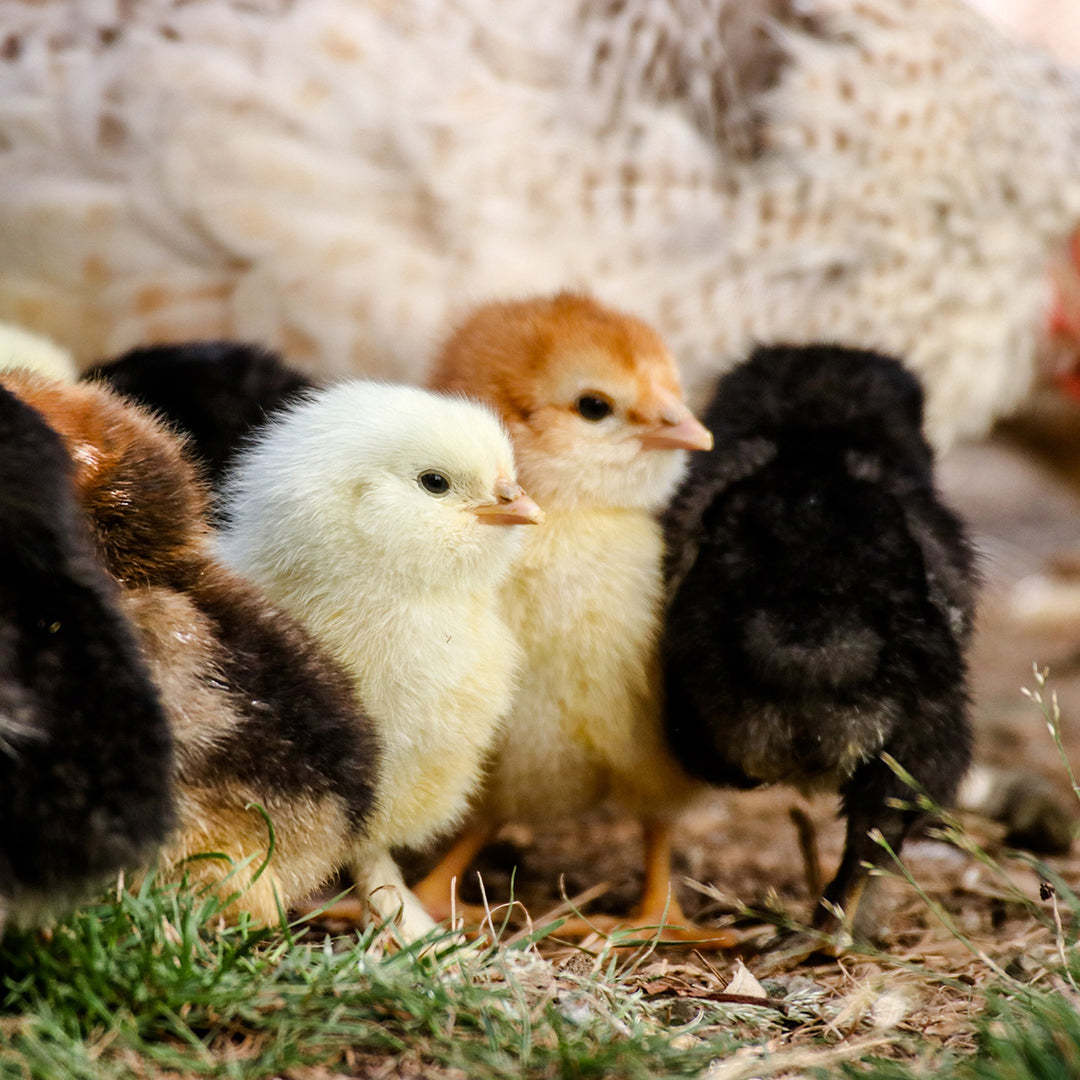
Whether housed in a coop or free ranging on your farm, your birds are exposed to multiple threats every day that could cause illness or impact their well-being. Now there’s a way to be more proactive with regular support for...
-
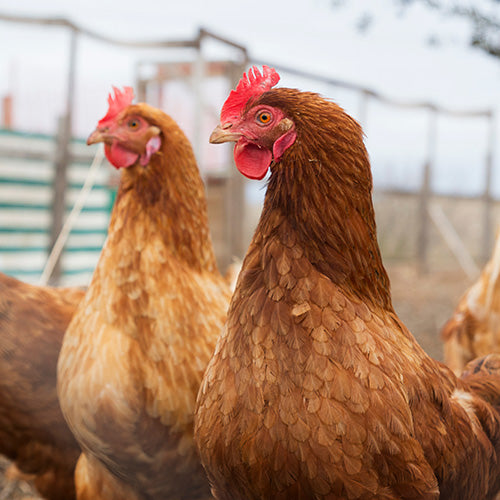
You’ve raised your chicks to adulthood and now they’re fully feathered hens. Way to go! Now, you get to enjoy their eggs and companionship for years to come. To maximize their life, support their production potential and kee...
